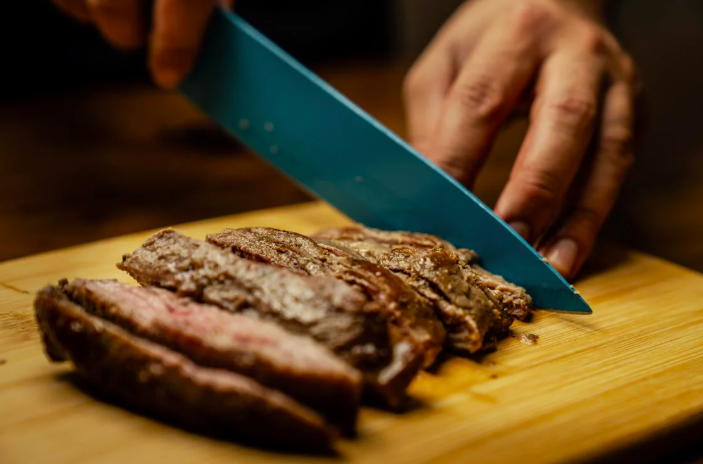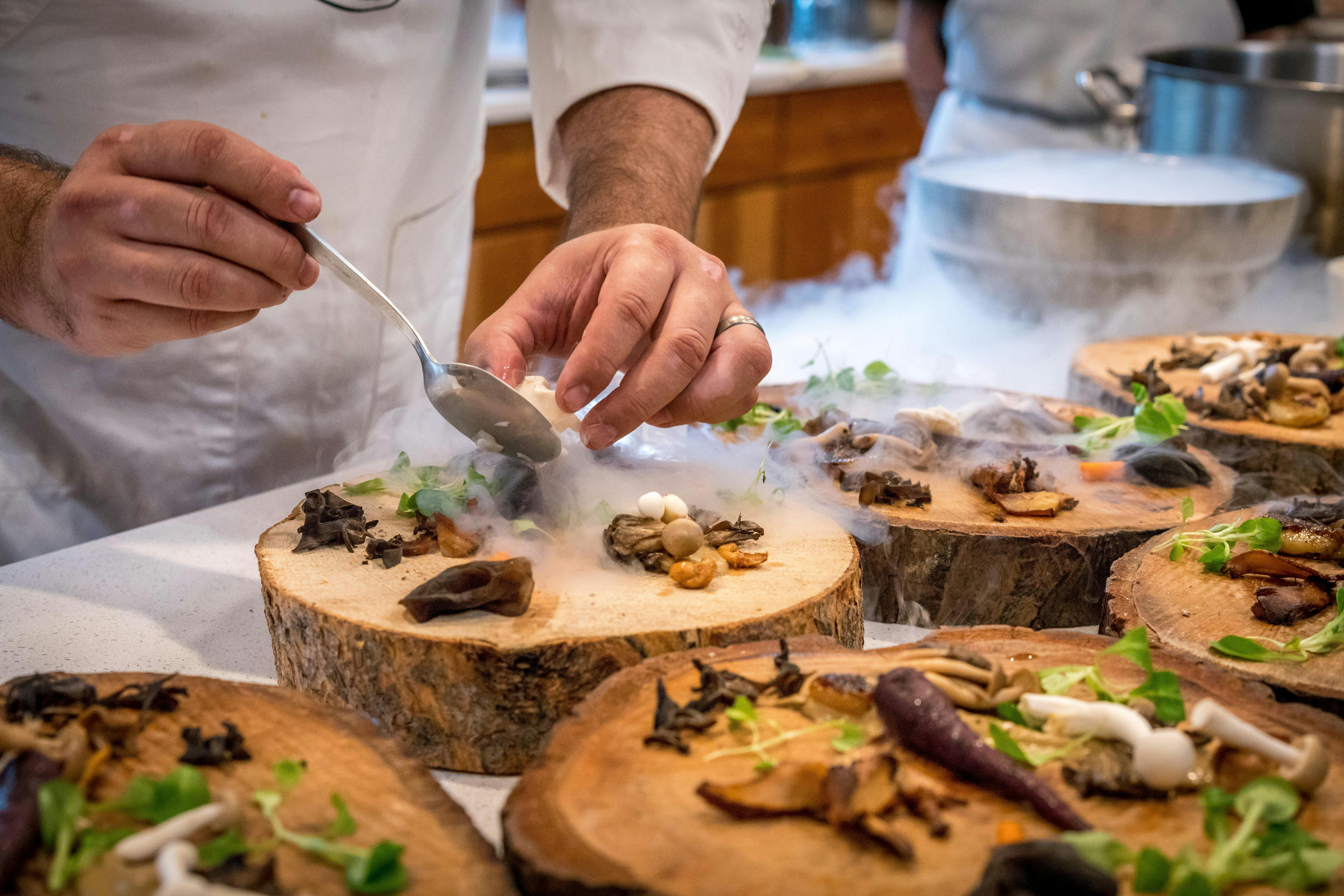A sharp knife is essential for precision, safety, and efficiency in the kitchen. But how often should you sharpen your knives? The answer depends on various factors, including usage, knife type, and maintenance practices. In this guide, we’ll break down how frequently you should sharpen your knives and provide practical tips for keeping them in top condition.
Understanding Knife Sharpness
A dull knife requires more force to cut, increasing the risk of slipping and causing injuries. Sharp knives, on the other hand, provide better control and cleaner cuts. Regular maintenance ensures that your knives perform well and last longer.
Factors That Affect Sharpening Frequency
Several factors influence how often you should sharpen your knives:
- Frequency of Use – A knife used daily for meal preparation will dull faster than one used occasionally.
- Type of Knife – High-carbon steel knives retain sharpness longer than stainless steel ones but may require more careful maintenance.
- Cutting Surface – Using wooden or plastic cutting boards helps preserve the edge, while glass or stone surfaces dull knives quickly.
- Food Being Cut – Cutting through hard ingredients like bones, squash, or frozen foods will dull a knife faster than slicing soft vegetables or meats.
- Maintenance Routine – Regular honing and proper storage can prolong sharpness, reducing the need for frequent sharpening.
 Slicking a steak
Slicking a steak
How Often Should You Sharpen Your Knives?
The frequency of sharpening depends on how often and how intensively you use your knives. Below are general guidelines based on usage patterns:
1. Home Cooks (Light to Moderate Use)
- If you cook a few times a week, sharpening your knives every 6 to 12 months should be sufficient.
- For those who cook daily, sharpening every 3 to 6 months is recommended.
- Regular honing (using a honing rod) every few uses helps maintain the edge longer and reduces the frequency of sharpening.
2. Professional Chefs and Heavy Users
- In a restaurant or professional setting where knives are used heavily, sharpening should be done every 4 to 8 weeks to maintain peak performance.
- Daily honing is a must to keep the edges aligned between sharpening sessions.
3. Occasional Users
- If you use your knives infrequently (e.g., a few times a month), sharpening once or twice a year is usually enough.
- Storing knives properly and honing before each use will help maintain sharpness for longer periods.
 Preparing a home feast
Preparing a home feast
Signs That Your Knife Needs Sharpening
Instead of relying solely on a fixed schedule, pay attention to these signs that indicate your knife needs sharpening:
- Difficulty Cutting – If your knife struggles to slice through tomatoes or herbs cleanly, it’s likely dull.
- Increased Force Required – If you find yourself applying more pressure than usual, it’s time for a sharpening session.
- Slipping While Cutting – A dull knife is more likely to slip, increasing the risk of injury.
- Torn or Uneven Cuts – If your knife is tearing rather than slicing smoothly, the edge has become too blunt.
Need some way to check? Use one of the sharpness tests to find out.
Maintenance Tips to Extend Sharpness
To reduce how often you need to sharpen your knives, follow these best practices:
- Hone Regularly – A honing rod helps realign the edge and should be used every few uses.
- Hand Wash Only – Avoid dishwashers, as the high heat and harsh detergents can damage the blade’s edge.
- Use a Proper Cutting Board – Stick to wood or plastic to protect the blade.
- Store Correctly – Use knife blocks, magnetic strips, or blade guards to prevent unnecessary wear.
Sharpening vs. Honing: What’s the Difference?
- Honing – Maintains the edge alignment but does not remove material. It should be done frequently (ideally every 2-3 uses for home cooks and daily for professionals).
- Sharpening – Removes metal to restore a sharp edge. It should be done based on usage but typically every few months for home cooks and every few weeks for professionals.
Choosing the Right Sharpening Method
There are several ways to sharpen a knife, each with its own advantages and drawbacks:
- Whetstones (Sharpening Stones) – Offer the most control and precision but require practice. Ideal for maintaining a sharp edge and preserving knife longevity.
- Manual and Electric Sharpeners – Convenient for home use but may wear down blades faster.
- Professional Sharpening Services – Ideal for those who want expert care and long-lasting results.
Conclusion
The ideal sharpening frequency depends on your knife usage and maintenance habits. Regular honing extends the time between sharpenings, and proper storage ensures longevity. If you’re unsure about sharpening your knives yourself, consider a professional knife sharpening service to keep your blades in optimal condition.
Still curious? Check out our Ultimate Guide to Knife Sharpening.
P.s. If you’re in Singapore and need professional sharpening, feel free to visit our knife sharpening service! We offer precision sharpening for all types of knives, ensuring your blades stay razor-sharp.
 Slicking a steak
Slicking a steak Preparing a home feast
Preparing a home feast